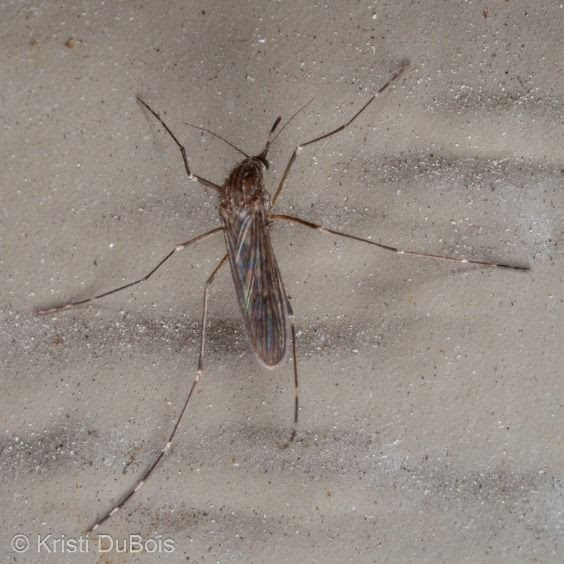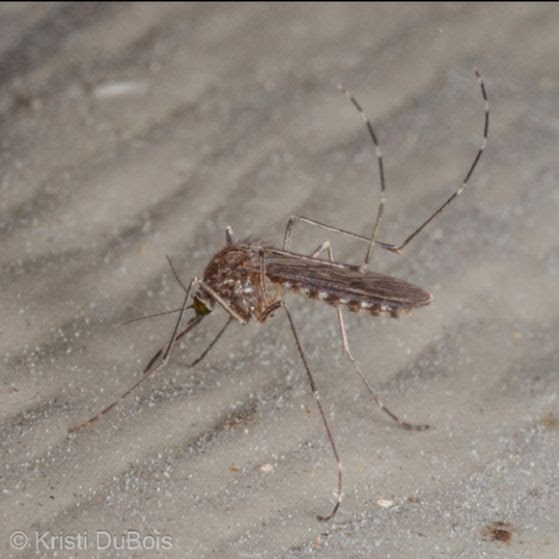We appreciate Kristi’s willingness to photograph an insect that typically receives a different sort of greeting. Adults are really quite elegant, with many species covered in iridescent scales and males with brush-like antennae. Unfortunately, this particular species has earned the title of “most important mosquito vector of numerous encephalitic viruses in western North America.” “In Montana these viruses include St. Louis encephalitis (SLE), western equine encephalitis (WEE) and West Nile virus (WNV)” (Montana State University Extension). Fertilized females overwinter and require a blood meal for their first batch of eggs. They readily feed on birds, but mammals, including rabbits, horses, cattle and humans are also on the menu. Both females and males sip nectar to fuel their activities. Larvae, known as “wrigglers,” are aquatic and develop in standing or quiet water in a wide range of conditions. A very small amount of water can breed mosquitoes, so best to dispose of any water-collecting objects, clear gutters, and drain any other shallow puddles.
Photos by: Kristi DuBois on 4/7/21 in Missoula, MT

